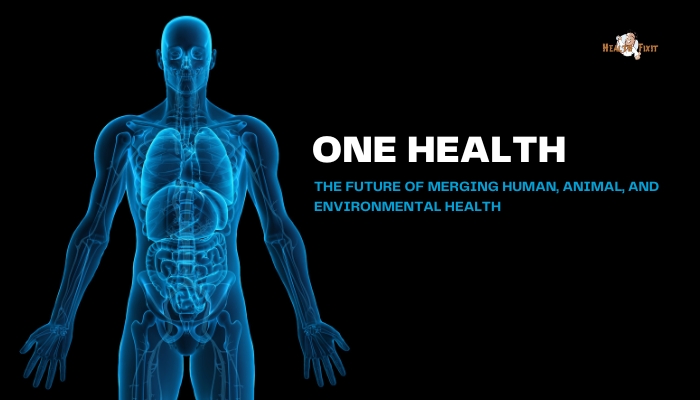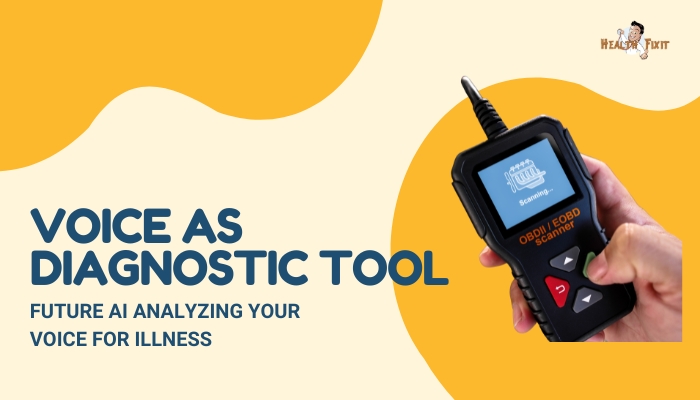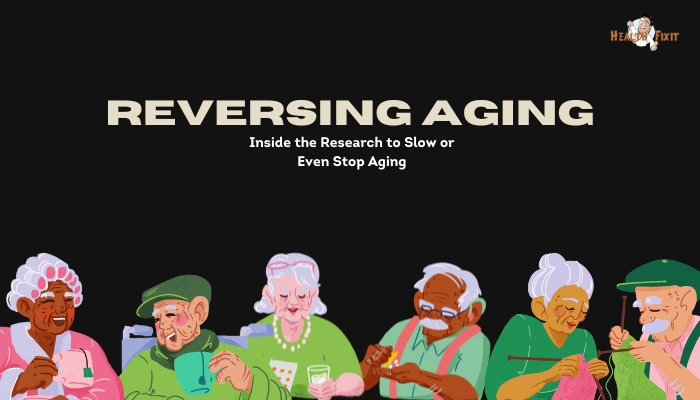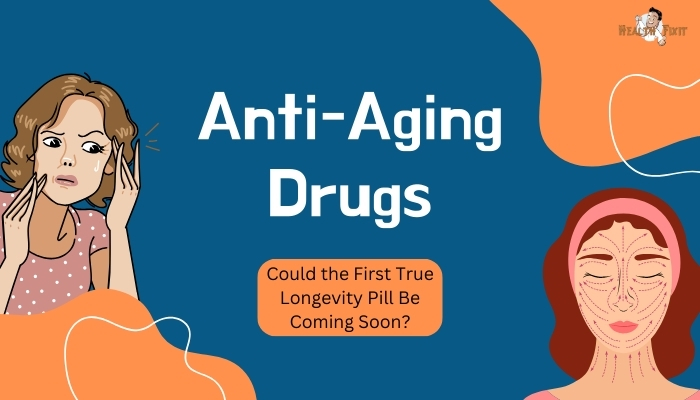Introduction
Once purely the stuff of science fiction, “designer babies” – where parents could pick and choose genetic traits for their children – are now entering scientific discourse as a plausible (though highly controversial) future possibility.
The key driver is gene editing technology, especially CRISPR-Cas9, which makes it simpler than ever to modify DNA,
including in human embryos. Proponents argue that such tools could eradicate genetic diseases before birth, saving countless lives and healthcare costs
Critics, meanwhile, warn of potential eugenics, inequality, and unexpected health consequences if gene editing is taken too far, too soon.
This article examines the science behind embryonic gene editing, the promise of preventing inherited disorders,
and the risks and ethical implications of using these powerful techniques. We’ll look at the current regulatory landscape
real and hypothetical uses for designer babies, and the debate on whether aiming for disease-free, enhanced children might alter the very fabric of society.
The Science of Gene Editing in Embryos
CRISPR-Cas9 in a Nutshell
CRISPR-Cas9 is a genome editing system adapted from bacteria’s natural immune defense. It uses a guide RNA to direct the Cas9 enzyme to a specific DNA sequence, making a precise cut. Researchers can then remove problematic genes or insert beneficial ones. In theory, this approach allows correction of disease-causing mutations in early-stage embryos – the cluster of cells that will eventually develop into a fetus.
- Targeted Precision – Instead of older gene-editing methods that left random cuts, CRISPR zeroes in on the exact spot in the genome.
- Relative Ease – CRISPR is cheaper, faster, and simpler to implement than past editing techniques (e.g., zinc finger nucleases or TALENs).
- Potential Off-Targets – Even CRISPR can sometimes cut unintended DNA sites, risking unpredictable mutations. Researchers continually refine methods to minimize these errors.
Embryonic Stage Editing
When editing occurs at the zygote (one-cell embryo) or early cleavage stages, changes theoretically integrate into every cell, including germ cells.
This means modifications are heritable in future generations – a fact that amplifies ethical stakes. Some protocols aim for editing slightly later in embryo development, but that can result in mosaicism, where only some cells carry the edited gene.
Potential Benefits: Disease Prevention and Beyond
Eradicating Monogenic Disorders
Monogenic conditions (involving a single gene mutation) – e.g., Huntington’s disease, cystic fibrosis, Tay-Sachs, or sickle cell disease – are prime targets for embryonic gene editing. By correcting the faulty allele in an embryo,
a child could be born free of the disease. Families with known genetic risks could avoid heartbreak and repeated IVF attempts to find “healthy” embryos.
Personalized Medicine from Birth
Supporters envision using CRISPR to remove predispositions to cancers or Alzheimer’s in an embryo’s genome. They also talk about potential enhancements,
such as greater resistance to viral infections or improved metabolic traits. Such interventions might reduce healthcare burdens by preventing major diseases at the genetic root.
Reproductive Autonomy
Proponents argue that if safe and regulated, embryo editing extends reproductive freedom: parents can ensure their children are free from severe hereditary conditions
. Combined with Preimplantation Genetic Diagnosis (PGD), it refines embryo selection not just by diagnosing but actively correcting harmful genes.
Ethical and Societal Concerns
Slippery Slope to Eugenics
Once society normalizes removing disease-causing variants, some fear the boundary might shift toward “enhancements” – selecting for intelligence, physical traits, or other characteristics. This raises echoes of eugenics – historically used for coercive or discriminatory practices. The question: who decides which traits are “desirable,” risking new forms of inequality or discrimination?
Unintended Consequences
Off-target edits can create new mutations that might be harmless or, worse, cause diseases. Long-term safety data are lacking; changes introduced in an embryo could have unknown effects decades later or in subsequent generations. The irreversible nature of germline edits demands extreme caution.
Access and Equity
Should embryonic gene editing become viable, it may be prohibitively expensive. Only the wealthy could afford “disease-proofed” or enhanced children, exacerbating social divides. Over time, this could lead to a genetic underclass vs. an enhanced elite. Ethical guidelines must consider global fairness.
Moral Status of the Embryo
Editing at the embryo stage touches on debates over the moral and legal status of early human life. Some religious or philosophical viewpoints regard manipulating or destroying embryos in research as unethical, complicating acceptance in many communities.
The Regulatory Landscape
International Guidelines
Globally, many nations ban or heavily restrict heritable (germline) genetic modifications. For example, dozens of countries signed the Oviedo Convention, disallowing human germline interventions. Others allow limited research on non-viable or disease-specific embryo editing with special oversight. Enforcement is inconsistent, and some labs operate in legal grey areas.
High-Profile Controversies
In 2018, news broke that a Chinese researcher claimed to have edited the CCR5 gene in twin babies to make them HIV-resistant – an act widely condemned by the scientific community for ethical lapses and inadequate safety data. This event triggered calls for a global moratorium on human germline editing until a broad consensus arises.
Toward a Measured Path
Groups like the WHO and national academies propose frameworks requiring robust preclinical evidence, public engagement, and thorough regulatory approval. Some recommend a cautious approach: only proceed with embryo editing for preventing serious monogenic diseases, under strict guidelines, with no enhancements allowed.
Alternative Approaches
Preimplantation Genetic Testing and Selection
Currently, couples at risk of passing genetic diseases can use IVF plus PGD to select healthy embryos for transfer. This avoids the need to edit an embryo’s DNA, though it doesn’t help if all embryos inherit the mutation. Additionally, editing might be the only recourse if no unaffected embryos exist.
Somatic Cell Gene Therapy
Rather than editing an embryo’s germline, doctors can treat the child after birth with somatic cell gene therapies that affect only the patient’s tissues, not their offspring. This approach is less ethically fraught but might be less comprehensive for conditions that develop in utero or affect multiple organ systems.
Induced Pluripotent Stem Cells (iPSCs)
By reprogramming adult cells to iPSCs, editing them ex vivo, and then differentiating them into tissues or transplants, we can fix genetic defects without altering future generations. iPSC-based therapies can address many conditions. However, for widespread or complex disorders that require global correction, embryo editing might still appear more direct to some.
Prospects for Mainstream Adoption
Continued Caution
Given the moral gravity of rewriting the human germline, mainstream acceptance of embryo gene editing for health will require:
- Proven Safety and Efficacy: Extensive multi-generational studies in animals and robust data from non-embryonic gene therapies.
- International Consensus: A harmonized regulatory approach ensuring consistent ethical standards.
- Public Engagement: Society must weigh the trade-offs of disease prevention vs. risk of “designer babies.”
Initial Applications
If eventually permitted, initial uses might target lethal, early-onset monogenic disorders (e.g., Tay-Sachs, severe combined immunodeficiency). Over time, if successful, the scope could expand to less severe conditions – though each step will likely reignite debates about eugenics or enhancements.
The Role of Genetic Counseling
Genetic counselors, along with medical ethicists and regulatory bodies, would become essential. They’d guide families through the complexities of embryo editing, clarifying success rates, unknowns, and moral considerations.
Guidance for Prospective Parents
- Check Legal Status: In most countries, germline editing in human embryos is illegal or highly restricted. Seek professional advice from fertility clinics or genetics experts.
- Alternative Options: PGD or donor gametes may circumvent passing on serious inherited conditions. Somatic gene therapy might also treat certain diseases post-birth.
- Ethical Reflection: Even if laws change, consider personal beliefs, potential impacts on the child’s future, and broader social consequences. Thorough counseling is vital.
Conclusion
Gene editing technology, particularly CRISPR, offers extraordinary possibilities to prevent hereditary diseases by modifying embryonic DNA.
Yet the same power that might end cystic fibrosis or Huntington’s disease also opens the door to questionable trait selection, entrenching inequalities,
or fueling a new era of eugenics. For these reasons, the question “Is it ethical if it can save lives?” doesn’t yield a simple yes or no.
Society must chart a careful path between the potential for profound medical benefits and the moral hazards of genetically altering future generations.
As scientists refine gene-editing precision, and as countries debate policies, the conversation around “designer babies”
will intensify. Ultimately, the future of embryo gene editing rests on whether we can harness it responsibly for genuine health needs—while respecting human diversity, individual autonomy, and the unpredictability of rewriting life’s code.
References
- Doudna JA, Charpentier E. The new frontier of genome engineering with CRISPR-Cas9. Science. 2014;346(6213):1258096.
- National Academies of Sciences, Engineering, and Medicine. Human Genome Editing: Science, Ethics, and Governance. Washington DC: National Academies Press; 2017.
- Ma H, Marti-Gutierrez N, Park SW, et al. Correction of a pathogenic gene mutation in human embryos. Nature. 2017;548(7668):413–419.
- Savulescu J, Kahane G. The moral imperative to continue gene editing research. Camb Q Healthc Ethics. 2019;28(1):9–27.
- Lanphier E, Urnov F, Haecker SE, Werner M, Smolenski J. Don’t edit the human germ line. Nature. 2015;519(7544):410–411.
- Ormond KE, Mortlock DP, Scholes DT, Bombard Y, Brody LC. Human germline genome editing. Nat Genet. 2017;49(12):1663–1666.
- Adashi EY, Cohen IG, Spector-Bagdady K. CRISPR germline engineering—the community speaks. Nat Biotechnol. 2018;36(1):48–52.
- Baylis F. Human genome editing: Our future belongs to all of us. Dev World Bioeth. 2019;19(3):112–120.
- Ishii T. Germline genome-editing research and its position in society: the rules and the roles. Trends Mol Med. 2017;23(2):129–131.
- Chen S, Jiang Y, Sun F, et al. Widespread CRISPR-Cas9 off-target effects in vivo. Nat Methods. 2017;14(6):547–548.







